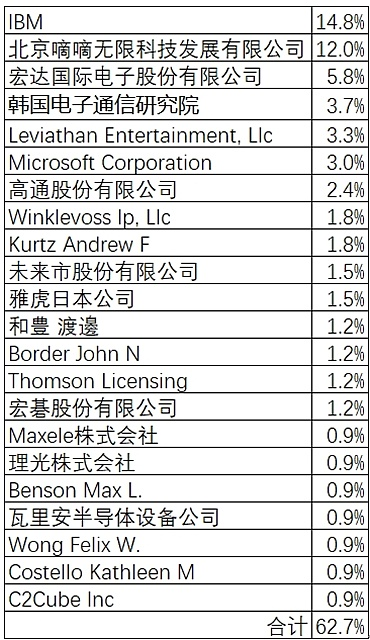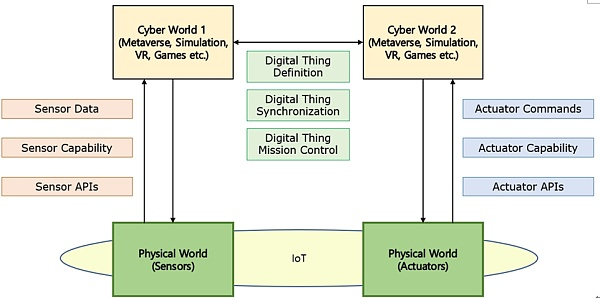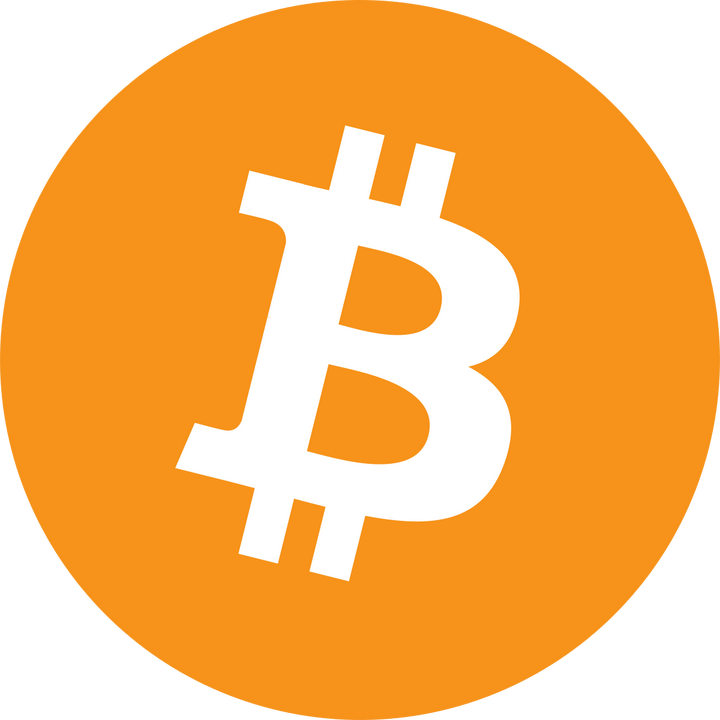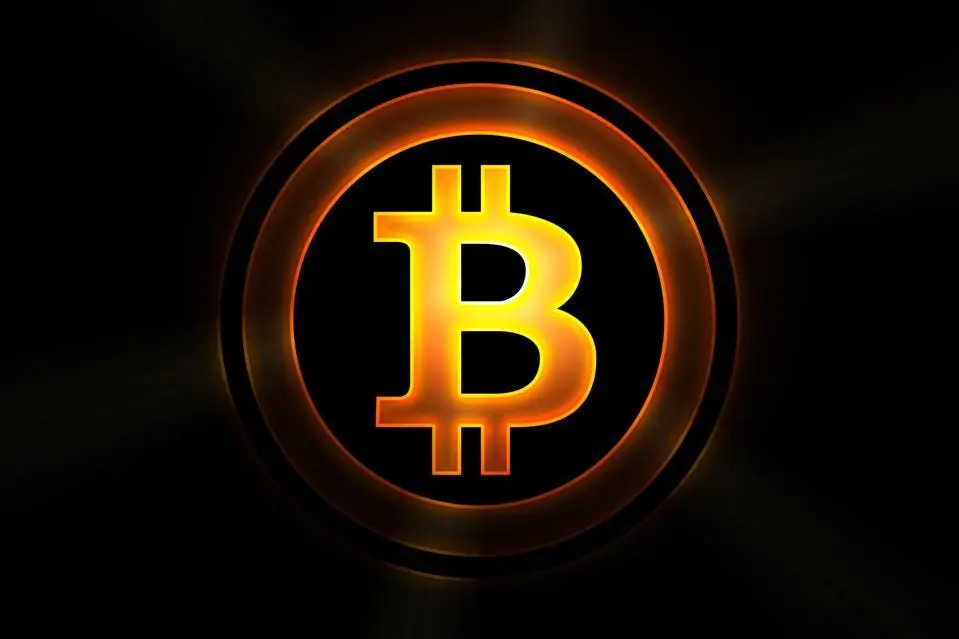Meta-universe vs. digital twin: A technological evolutionary perspective
What are the similarities and differences between the metaverse concept that has exploded in recent months and the digital twin boom of recent years?
Is the metaverse a science fiction gimmick for concept hype, a tool for capital leek cutting, or does it represent the future of the Internet, or both?
The metaverse, which is “a virtual world that is born out of the real world, interacts with the real world, and is always online”, and the digital twin, which is “mapping reality to reality, real-time connection, and dynamic interaction”, seem to have a lot of similarities, but are not quite the same. What is the relationship between the two?
In this paper, we will compare and analyze the concepts of metaverse and digital twin from the perspective of technology evolution, and make an outlook on the future development of these two technologies, especially metaverse.
The Metaverse Technology Timeline
Before we get into the main topic, it is necessary to sort out the timeline of the Metaverse metaverse, especially those technology-related events that are not too much attention in the current market interpretation articles but are valuable or even important, as a supplement to the timeline of business events such as investment, acquisition and IPO.
The Metaverse was first introduced as a science fiction concept in 1992. In his book Snow Crash, American science fiction author Neal Stephenson gives a cyberpunk (a combination of very low living standards and very high technology) setting where humans can interact with each other and software agents through digital doubles (Avatars) in a three-dimensional virtual space that uses real-world metaphors, where all things in the real world can be digitally replicated into this space, a virtual space the authors call the Metaverse.
In 1994, NYU filed a priority for Method and system for scripting interactive animated actors with the USPTO; the application was formally filed in 1997; and the patent was granted US6285380 in 2001. this was the first patent specification in the world to mention Neal This was the first patent in the world to mention Neal Stephenson’s Snow Crash and Metaverse in the patent specification. There are currently about 300 patent applications or grants worldwide that mention the metaverse in the patent text, distributed by patentee as shown in Table 1.

In 2003, Linden Lab launched Second Life. The stated goal of the project was to create a user-defined world, such as the Metaverse, in which people could interact, play, conduct business, and otherwise communicate.
In 2007, the Acceleration Studies Foundation (ASF) released the report “The Metaverse Roadmap - A Pathway to the 3D Web: A Cross-Industry Public Foresight Project”.
In July 2007, Korea submitted a Metaverse case proposal to the MPEG Working Group (formerly ISO/IEC JTC 1/SC 29/WG 11) at the 81st MPEG Conference in Lausanne, Switzerland. This was the first time that Metaverse entered the international standardization field.
In 2007, the first metaverse-related monograph, The Second Life Herald: The Virtual Tabloid that Witnessed the Dawn of the Metaverse, was published.
In early 2008, IBM submitted a patent application for “System and method for group control in a metaverse application” to the U.S. Patent Office, and got the license US8990707 in 2015, becoming the first granted patent in the world that mentions the Metaverse in the patent title. The PCT application for this patent entered both Japan and China in early 2009 and got the Japanese patent granted in 2015, but its Chinese application “System and method for group control in a virtual reality application” (CN101482900A) has not been granted.
The EU ITEA project Metaverse1, initiated by Philips and the Israeli think tank MetaverseLabs, ran successfully from October 2008 to March 2011. One of the outcomes of this project was the ISO/IEC 23005 series of standards aimed at defining standard interfaces between the real physical world and the virtual world to enable connectivity, information exchange and interoperability between the virtual and real worlds.
In 2011, the first edition of ISO/IEC 23005-1 (Media context and control - Part 1: Architecture) was published, the first international standard to refer to the Metaverse in the text of the standard. 2020, ISO/IEC 23005-1 Fourth Edition is released.
In 2019, the IEEE Standards Association launched Project P2888 (Interfacing Cyber and Physical World), taking the first step in developing a standard system for connecting the physical and virtual worlds and building a synchronous metaverse. As a supplement to the ISO/IEC 23005 series of standards, IEEE 2888 consists of four parts: Specification of Sensor Interface for Cyber and Physical World, Standard for Actuator Interface for Cyber and Physical World), Orchestration of Digital Synchronization between Cyber and Physical World, and Six Degrees of Freedom Virtual Reality Disaster Response Training System Architecture. The first three components are intended to provide generic technologies for the digital twin space or metaverse, and the fourth standard is for domain-specific applications.

In 2021, Korea established the National Metaverse Alliance with the goal of creating a unified national VR and AR platform.
Comparing the above timeline related to the development of Metaverse technologies such as patents, standards, and open source projects with the results reflected by Google Trends, we see that although the Google Trends for Metaverse in the last year and the last five years are the first in terms of traffic contributed by China, putting the time in perspective, the Google Trends from 2004 to the present (Figure 2) are dominated by Korea alone, and the pre- and post-2007 The relative high slope is largely consistent with what is reflected in the above technical timeline.
Metaverse Terms and Their Definitions Explained
Most people nowadays translate Metaverse as metaverse, believing that meta means “meta” and thatverse means universe. You should know that the prefix meta- has two or three meanings in English, including.
change, such as metabolism, metamorphism, metaphor, etc.
beyond, following/ located/ following…, higher forms, second order, e.g. metaphysis metaphysics, metadata metadata, metamodel metamodel, etc.
In chemistry, meta- also means “between”, “between (bits)”, “bias”.
The Chinese word “meta” (meaning origin, essence) is used to translate meta-, which does not cover all cases, as is the case with the Metaverse. Metaverse, as it sounds, is a theoretical physics or cosmological concept, a universe about the essential origin of the universe or the multiverse. But the Metaverse is not about the universe of universes, but the virtual world beyond reality. Therefore, “Metaverse” is a more accurate translation. Due to the development of VR/AR/MR technology, we have built a virtual world outside the real world, which extends or transcends the real world, that is, the “super world”, or “super universe”. To translate Metaverse as metaverse is a misleading and undesirable translation. Since the market is strong enough, we can only use the term Metaverse for the time being.
Currently, Wikipedia’s definition of the Metaverse is one of the more accepted definitions, and it comes from the Metaverse Roadmap published in 2007 as mentioned above. The Metaverse Roadmap gives five definitions of the Metaverse, the first of which was adopted by Wikipedia. In May of this year, American technology futurist Cathy Hacker interviewed 20 professionals to collect and publish 20 new definitions of the Metaverse. Table 3 collates some of the Metaverse definitions from 2007 to the present.
Regarding the connotation of the Metaverse, as you can see now, over the past thirty years, the Metaverse has long departed from the early science fiction cyberpunk setting and, through serious technological R&D investment and commercial operations, has first entered the gaming and entertainment field, which is closely related to public life, and its conceptual connotation has been in a continuous evolutionary process, with various statements emerging, and no There is no authoritative and unified definition.
We know that the definition of a standardized terminology is the distinguishing feature plus the superordinate concept. Let us look at the distinguishing features of the metaverse. The concepts closest to and most relevant to the metaverse are definitely virtual reality, augmented reality and mixed reality, or the application of these technologies. For example, what is the difference between the metaverse and Second Life, the massively multiplayer online role-playing game from years ago? What exactly is the difference between the metaverse applications currently launched by the major manufacturers and game makers and virtual reality + social, virtual reality + gaming and virtual reality + shopping?
Combing through the various definitions in Table 3, we can summarize three distinguishing features between the (future) metaverse and the technologies or applications mentioned above.
Durability. The metaverse will coexist with human civilization and must be able to exist forever, i.e., the word persistence mentioned in multiple definitions in Table 3. The survival of the metaverse cannot be compromised by the bankruptcy of a company.
Decentralization. Similar to the HTTP protocol of the Internet, access to the metaverse must have an open source shared protocol. The right to make and interpret this protocol and related rules cannot belong to a company or a country.
Co-evolution. Similar to the digital twin system in which the digital twin and its corresponding physical entities are connected and dynamically interacting in real time, from the avatars in the meta-universe and real human individuals in the real world to the group organizations in both worlds, all need to be connected, interact and evolve collaboratively.
The above three distinguishing features are the essential differences between the metaverse and other existing technologies and applications, and in fact, they are also the indicators of the needs to be met by human beings to build a metaverse in the future.
So what exactly is a metaverse? What is its superordinate concept? Is it a virtual shared space as defined by Wikipedia? Or is it the next-generation Internet in the minds of Facebook, Tencent and other major companies? The answer to this question actually involves the ultimate purpose of human constructing metaverse. For example, why do humans need games? Why do humans need virtual space? What problems and needs of human beings are solved by the metaverse? According to Wang Jie, a popular science writer, the essence of metaverse is a revolution of the interface between the real world and the digital world. This view corresponds to the problem that the IEEE 2888 series of standards is trying to solve.
Technical System Analysis
With the three distinguishing features or demand indicators of the metaverse mentioned above, we can begin to conduct a technical system analysis for the complex system of the metaverse of the future.
Jon Radoff, founder of Beamable, proposed a seven-layer architecture for the metaverse (Figure 3): infrastructure, human-computer interaction, decentralization, spatial computing, creator economy, discovery, and experience.
The bottom layer of the metaverse is infrastructure. This includes the technologies that support our devices, connect them to the network and deliver content, such as 5G/6G, chips, batteries, image sensors, etc.
The second layer is the human-computer interaction layer. This layer is mainly smart wearable devices. Currently Sony, Microsoft, Oculus, Samsung and other companies produce VR/AR with helmets as good as the mobile Internet early big brother. Soon we will have: smart glasses that can perform all the functions of smartphones as well as AR and VR applications; clothing with integrated 3D printed wearables; micro biosensors printed on the skin; and even brain-computer interfaces. Computer devices are getting closer and closer to our bodies, turning us into cyborgs (cyborgs).
The third layer is the decentralized layer. This layer is an important twist in building human relationships in the meta-universe, through which all the resources of the meta-universe can be distributed more equitably. Distributed computing and microservices provide a scalable ecosystem for developers to leverage online functionality without having to focus on building or integrating back-end functionality. NFT and blockchain technologies optimized around microtransactions liberate financial assets from centralized control and custody. Far edge computing will enable the cloud to enable powerful applications with low latency without burdening our devices with all the work.
The fourth layer is the compute layer. This layer mixes real and virtual computing to remove the barriers between the physical and virtual worlds, offering 3D engines, gesture recognition, artificial intelligence, and more, all from companies that provide algorithms.
The fifth layer is the creator economy layer. This layer contains all the technologies that creators use to make experiences that people enjoy every day, providing independent creators with a suite of integrated tools, discovery, social networking and monetization capabilities in a decentralized and open way, enabling an unprecedented number of people to create experiences for others.
The sixth layer is the discovery layer. Similar to the Internet’s portals and search engines, this layer provides the push and pull that introduces people to new experiences. This is a massive ecosystem and one of the most profitable ecosystems for many large corporations.
The seventh, or top, layer is the experience layer. Here is where users are directly confronted with games, social platforms, etc. Many people imagine the metaverse as a three-dimensional space surrounding us; but the metaverse doesn’t have to be 3D or 2D, or even necessarily graphical; it’s about the dematerialization of physical spaces such as space, distance, and objects.
Technical Evolution Analysis
From the above seven-layer architecture of the metaverse, we can see that the metaverse is a much larger and more complex system than the digital twin. If the digital twin is still a complex technological system, the metaverse is a complex technological-social system from the beginning. The two have different technological development and evolutionary paths. The digital twin originated from the industrialization of complex product development and is moving towards urbanization and globalization, while the metaverse originated from the gaming and entertainment industry that builds human relationships and is moving from globalization to urbanization and industrialization (Figure 4).
Although both metaverse and digital twin are concerned with the connection and interaction between the real physical world and the virtual digital world, the essential difference between the two is that they have completely different starting points. The metaverse is directly oriented to people, while the digital twin is first oriented to things.




